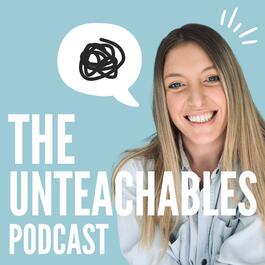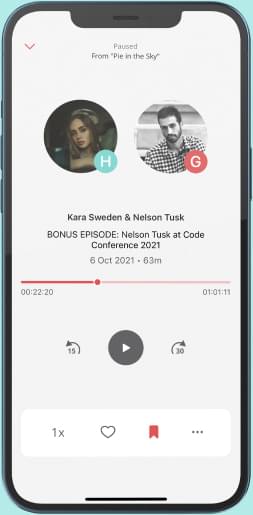
#117: What to prioritise when big behaviours bubble up in the lesson.
You"re in the middle of a lesson, focused on delivering content, when a student walks in displaying behaviours that signal things are about to escalate. Maybe they look angry, and you know they have the potential to become physical. Maybe they’re swearing, laughing, and trying to draw in the rest of the class. Maybe they walk in and tip over a chair. Your brain immediately goes into survival mode. You feel the pressure to fix the situation, regain control, and keep the lesson on track. It’s completely understandable—you’re being observed, you have content to cover, and you want a calm classroom. But here’s the thing: your goal in that moment is not to fix the behaviour, but to de-escalate it. In this episode, I break down the difference between pushing students further up the escalation cycle (Door #1) and creating pathways down (Door #2). I’ll share practical strategies for staying calm, using non-threatening language, and guiding students toward a place where they can self-regulate—so that meaningful behaviour conversations can happen later, when they’re actually ready. Listen in as I discuss:Why fixing behaviour in the moment is not the goal. Understanding the brain’s stress response.The two doors we open during de-escalation. One escalates behaviour, the other creates a pathway down.Practical strategies for de-escalating big behaviours. Non-verbal cues, connection-based responses, and avoiding common mistakes. MASTERCLASS: REAL CONSEQUENCES, REAL CHANGE Have a question, comment, or just want to say hello? Drop us a text! RESOURCES AND MORE SUPPORT: Shop all resources Join The Behaviour Club My book! It’s Never Just About the Behaviour: A holistic approach to classroom behaviour management The Low-Level Behaviour Bootcamp Free guide: "Chats that Create Change" Connect with me: Follow on Instagram @the.unteachables Check out my website
From "The Unteachables Podcast"


Comments
Add comment Feedback